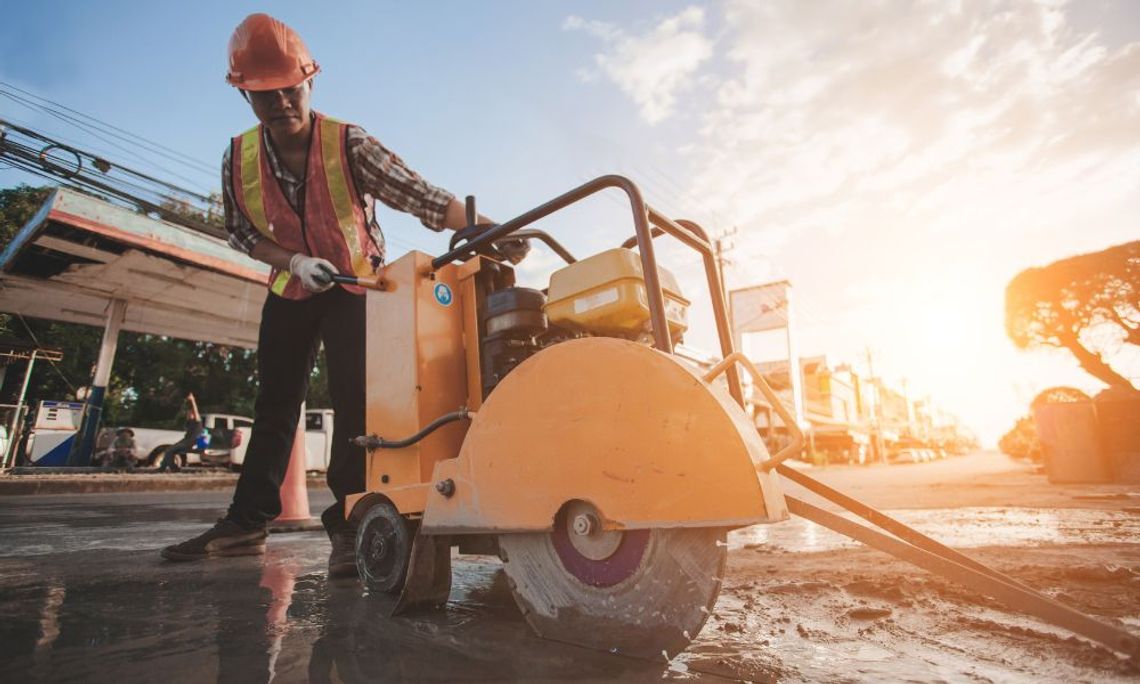Cutting concrete and masonry is quite different from cutting wood and other materials. Before you begin the cutting process, ensure that you understand the hazards involved with cutting any type of concrete. We’ve compiled some of the most common hazards you might encounter while working with concrete. Learn how to navigate them during the preparation and cutting processes.
Hazards in the Cutting Process
The concrete cutting process involves the use of abrasive diamond blades and heavy equipment. While these tools can provide clean and efficient cuts, the operator must have the proper training and protective equipment to prevent injury. The operator must know how to properly cut concrete using diamond blades and how to avoid common obstacles in the cutting process. For example, concrete saws can experience push-back or kick-back, which can be difficult to manage without the proper training. Concrete can also contain construction elements such as steel wires or bars, which can pose another obstacle for cutting.
Hazardous Dust & Debris
One of the main hazards of cutting any type of stone or masonry material is the dust and debris that the cutting process produces. The amount of silica dust that becomes airborne requires operators to wear respirators and masks to avoid breathing in dangerous particles. Dry cutting methods for cutting concrete produce the most dust and debris. If you have the ability, consider using the wet cutting method to reduce the amount of dust produced by concrete saws. Wet cutting saws use water or a coolant to lubricate the saw and masonry material as you cut, which reduces the amount of dust produced.
Hazards in the Environment
Finally, it’s also extremely important to observe the environment around you as you start cutting concrete. Some hazards that you might encounter in the cutting environment include electrical cables, water and gas pipelines, power cords, and more. Never start cutting concrete before you assess the cutting environment and remove these hazards. Cutting into pipelines or power lines can put you at risk of falls, kick-back, and electrocution. Always assess where these lines are located before cutting as well.
While there are hazards involved with cutting any type of concrete, if you are aware of them and have the training needed to navigate them, you can promote a safe cutting environment.


Comment
Comments